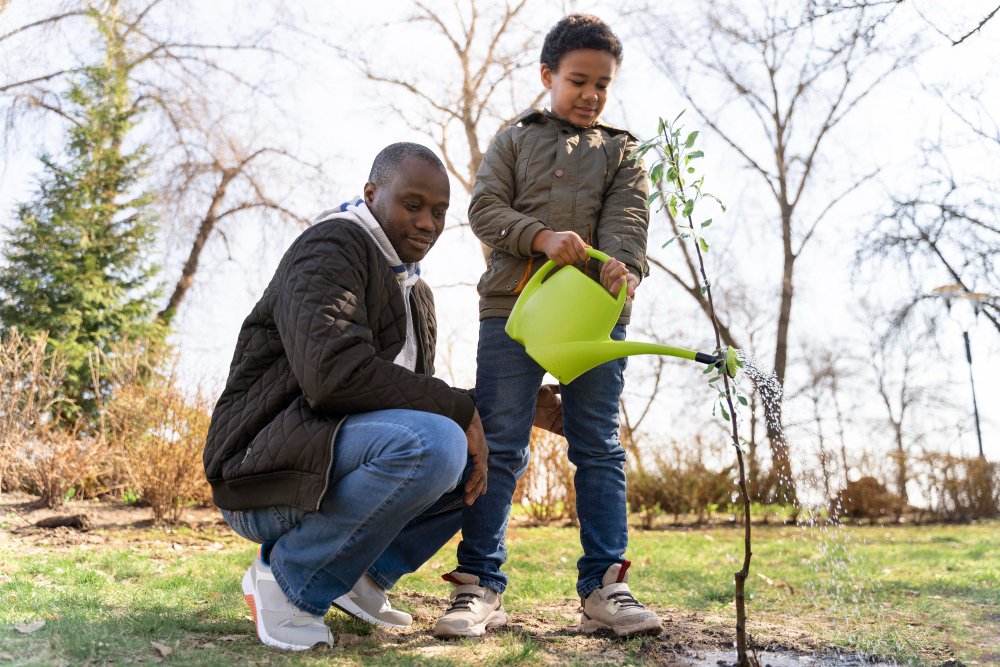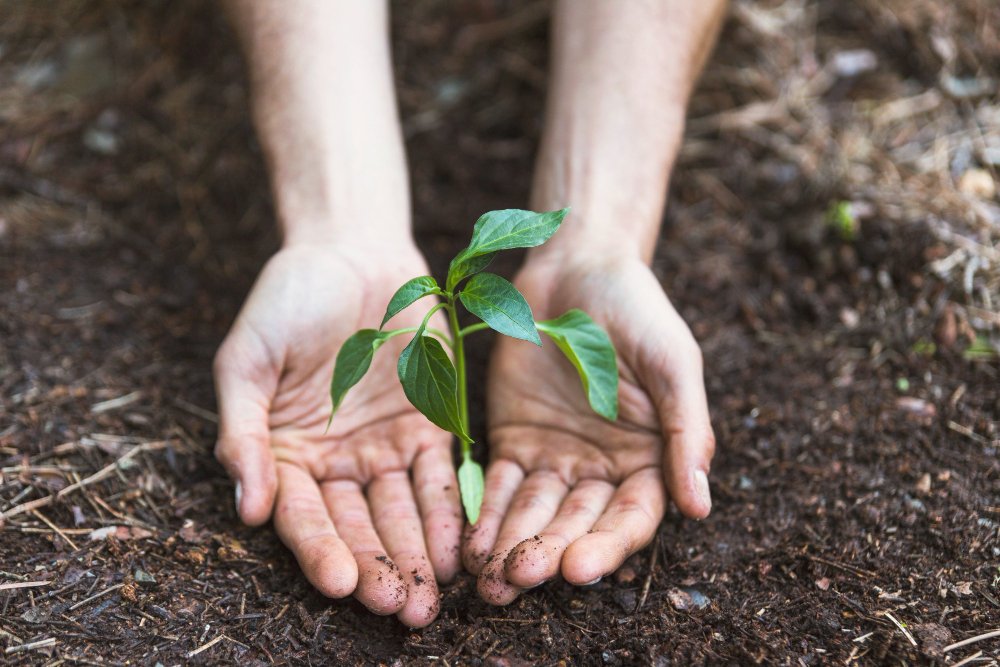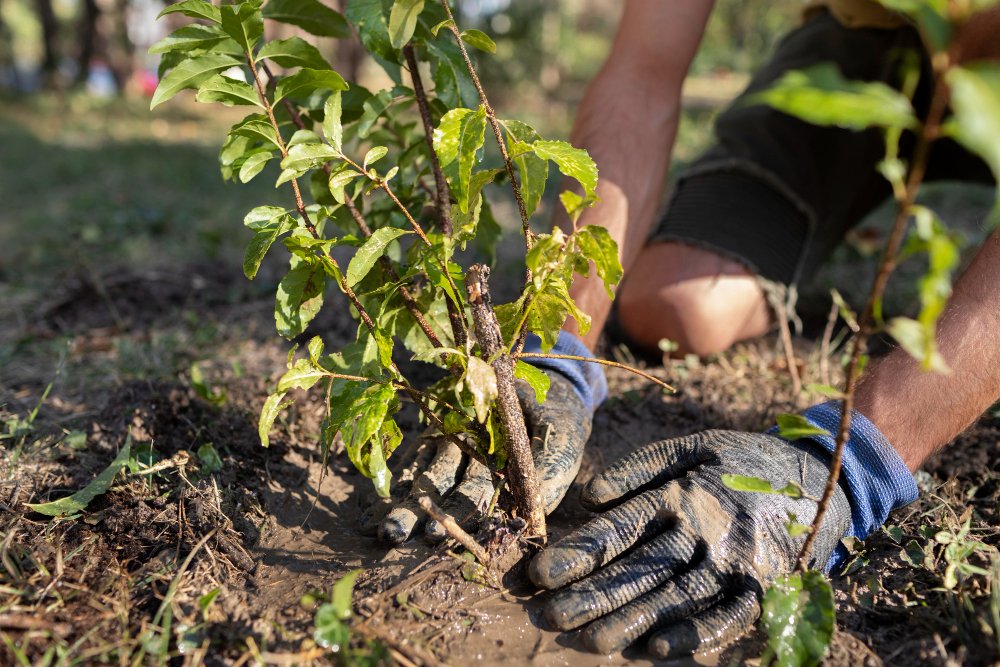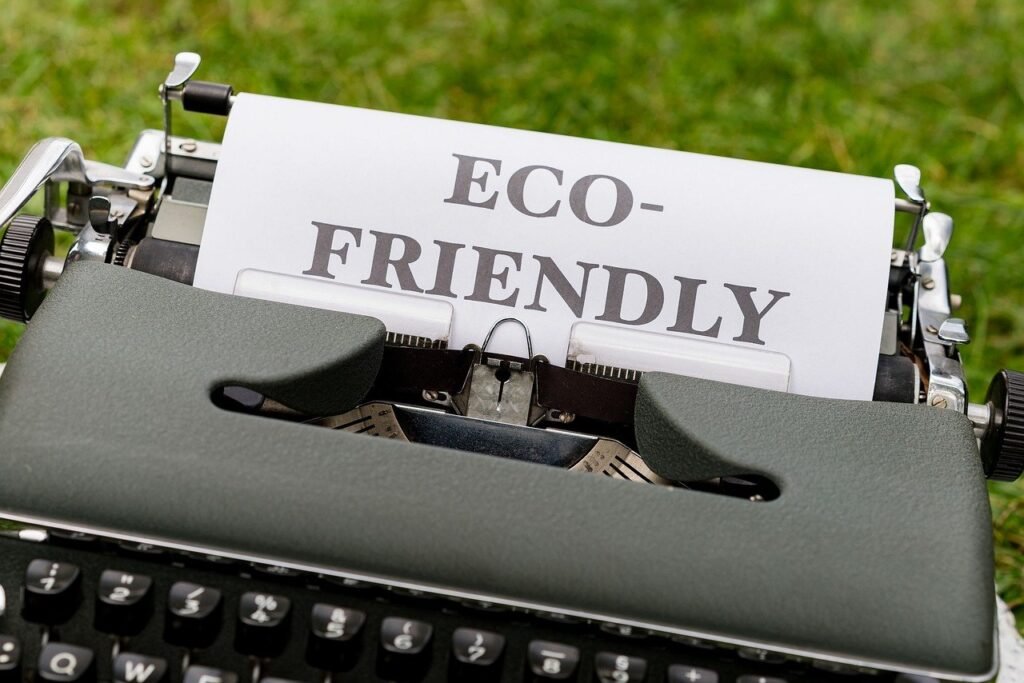If you’re considering planting your first tree, you’re taking a significant step towards a green environment. Planting a tree isn’t just about adding greenery to your surroundings; it’s about contributing to the health of our planet. Trees provide oxygen, improve air quality, offer shade, and support diverse ecosystems. In this guide, we’ll walk you through the process of planting your first tree, from selecting the right species to caring for it as it grows.
Choosing the Right Tree:
Before you start digging, it’s crucial to choose the right tree for your location. Consider factors such as climate, soil type, available space, and purpose. Do you want a tree for shade, aesthetics, or fruit production? Research native species that thrive in your area, as they are better adapted to local conditions and require less maintenance.
Preparing the Site:
Once you’ve selected a suitable tree species, it’s time to prepare the planting site. Choose a location with well-drained soil and adequate sunlight. Clear any grass, weeds, or debris from the planting area and loosen the soil to improve ventilation. Take into account the mature size of the tree and ensure it won’t interfere with overhead wires or nearby structures.
Digging the Hole:
When digging the planting hole, aim for a depth that allows the tree’s root ball to sit level with the surrounding soil. The width of the hole should be at least twice the diameter of the root ball. Avoid creating a hole that is too deep or too narrow, as this can hinder root development. Keep the soil you remove nearby, as you’ll need it later for backfilling.
Planting the Tree:

Carefully remove the tree from its container, taking care not to damage the roots. Gently tease out any circling roots to encourage outward growth. Place the tree in the center of the hole and backfill with the soil you set aside, tamping it down lightly as you go to remove air pockets. Water the tree thoroughly to settle the soil and hydrate the roots.
Mulching and Watering:

Applying a layer of mulch around the base of the tree helps retain moisture, suppress weeds, and regulate soil temperature. Use organic mulch such as wood chips or shredded bark, and spread it in a ring around the tree, leaving a few inches of space between the mulch and the trunk. Water the tree regularly, especially during the first year after planting, to promote establishment and growth.
Expanding Your Impact:
Once you’ve successfully planted your first tree, you might find yourself eager to continue making a positive impact on the environment. There are many ways to expand your green footprint and contribute to the health of our planet:
1. Plant More Trees
Consider planting additional trees on your property or in your community. Get involved in local tree planting initiatives or volunteer with environmental organizations dedicated to reforestation efforts. Every tree you plant adds to the collective effort of combating climate change and preserving biodiversity.
2. Care for Existing Trees

If you already have trees on your property, make sure to care for them properly. Regularly water, prune, and mulch your trees to keep them healthy and thriving. Monitor for signs of stress or disease and take proactive measures to address any issues that arise.
3. Support Urban Greening Projects
Urban green spaces are essential for improving air quality, reducing heat islands, and enhancing quality of life. Support initiatives aimed at creating and maintaining parks, greenways, and community gardens in urban areas. Get involved in tree planting events or advocate for green infrastructure projects in your city or neighborhood.
4. Educate Others
Share your knowledge and passion for trees with others in your community. Encourage schools, businesses, and local governments to prioritize tree planting and environmental stewardship in their policies and practices.
5. Reduce Your Carbon Footprint
Trees play a vital role in sequestering carbon dioxide and mitigating climate change. Reduce your carbon footprint by adopting sustainable practices such as conserving energy, reducing waste, and choosing eco-friendly options. Support policies and initiatives that promote renewable energy and carbon offset programs.
6. Get Involved in Advocacy
Advocate for policies and legislation that protect forests, promote sustainable land management practices, and address environmental justice issues. Join or support organizations working to preserve natural habitats, combat deforestation, and promote equitable access to green spaces for all communities.
Conclusion:
Planting your first tree is just the beginning of a journey towards a greener, more sustainable future. By taking action to plant and care for trees, you’re not only enhancing the beauty of your surroundings but also contributing to the health of our planet and the well-being of future generations. Whether you’re planting trees in your backyard, volunteering with local organizations, or advocating for environmental policies, your efforts make a difference. Together, we can create a world where trees thrive, ecosystems flourish, and communities are healthier and more resilient. So roll up your sleeves, grab a shovel, and join the growing movement by planting your first tree and cultivate green spaces for all to enjoy.


